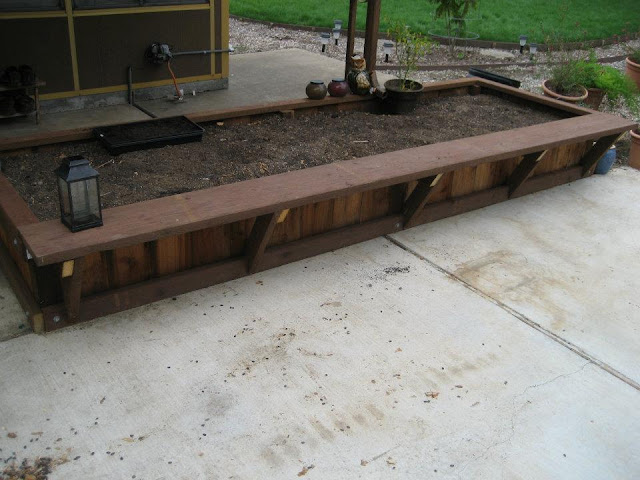The past couple of weeks we got our garden ready for winter and all the weeds. Our yard has been riddled with weeds of all kinds. Slowly we have been trying to eliminate them (most importantly without the use of any chemicals).
Every year we have been covering unused areas with weed fabric or newsprint and a few inches of wood chips. (Read about our experience with Oak mulch here).
Some of the woodchips we put down in 2008 have already started to decompose really well and are turning into organic matter. I now see weeds growing in them. I am not quite sure how I should deal with this. Add more woodchips on top maybe? or should I first remove the decomposed matter and them add new chips?
In areas (where I intend to plant this summer) I have not put down any weed fabric. Just a nice thick layer of woodchips.
Now that this big task is done...I can rest easy knowing that weeds wont take over my wonderland.
Every year we have been covering unused areas with weed fabric or newsprint and a few inches of wood chips. (Read about our experience with Oak mulch here).
Some of the woodchips we put down in 2008 have already started to decompose really well and are turning into organic matter. I now see weeds growing in them. I am not quite sure how I should deal with this. Add more woodchips on top maybe? or should I first remove the decomposed matter and them add new chips?
In areas (where I intend to plant this summer) I have not put down any weed fabric. Just a nice thick layer of woodchips.
Now that this big task is done...I can rest easy knowing that weeds wont take over my wonderland.

























































